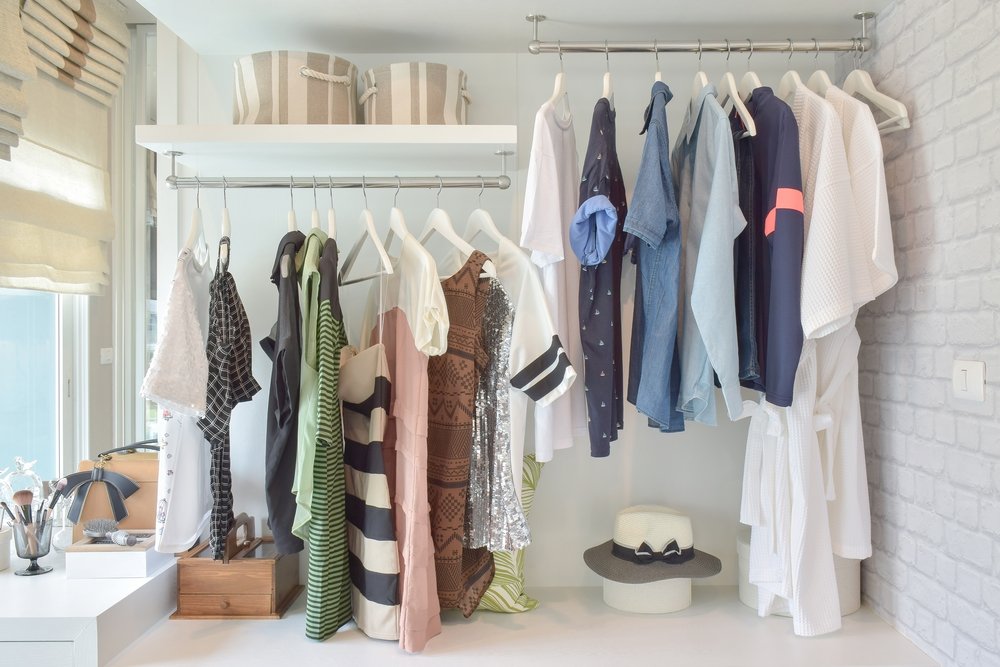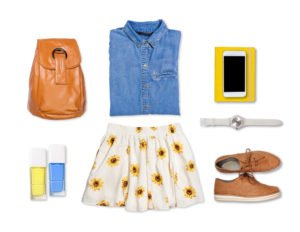Tips for Developing Your Personal Professional Style

Your personal style might not seem that important to you, depending on what kind of profession you want to go into. However, for many of us, personal style is a vital ingredient in presenting yourself properly in the business world, especially if you want to move up in your profession, or make a change to a new career.
Some people just seem to have an innate sense of their personal style. Their clothing ensembles always look effortless, and they are always sporting a look that suits them perfectly. While having a strong sense of personal style may not be the most important thing in the world, it can help you build a stronger sense of self. With a few tips and a little practice, finding your own personal style can come almost naturally. Here are the best tips I’ve found for developing your own personal style.
Know the difference between fashion and style.
First, it helps to recognize that there is a distinct difference between fashion and style. In the words of Lauren Hutton, “Fashion is what you’re offered four times a year by designers. And style is what you choose.” While fashion trends come and go, style is something that you always possess. In other words, fashion is just a means by which you can express your personal style.

Start an inspiration board.
Who are the style icons you are drawn to most? Maybe you envy Olivia Palermo’s always-polished look, or maybe you’re drawn more to Alexa Chung’s more edgy look. Start a board on Pinterest if you haven’t yet, and curate looks that inspire you. Then, ask yourself: What do these looks have in common?
Consider your body type and age.
While ultimately your personal style is entirely up to you, it can help to start developing your personal style by starting with what flatters your body type and age. If your body exhibits a pear shape, for example, fitted tops and flared skirts look especially flattering on you. A full-busted figure, meanwhile, looks especially great in v-necks and bootcut jeans. As for age, certain styles look especially great on younger folk, and certain ones look especially great on older folk. This article has some great tips on dressing to flatter your age.
Consider your lifestyle.
It also helps to consider your lifestyle. Certain clothing styles lend themselves better to different lifestyles. If you frequently head to the gym and get dressed up for parties, for example, it may make sense to invest in higher quality tee shirts that are comfortable enough to wear to the gym but that are nice enough to tuck under a skirt for a night out. Consider your lifestyle whenever investing in a new piece for your wardrobe; if it doesn’t check multiple boxes for you, then it might not be worth the investment.
Look for patterns in your closet.
Obviously your closet can tell you a lot about what clothing styles you tend to gravitate towards. Take an inventory of your closet, paying close attention to what your favorite pieces are. Notice any patterns? Do you see a lot of striped tops, for example, or are a lot of your tops made of cotton? Maybe you notice a lot of black pants or A-line skirts. Take note of whatever patterns you find and use them to help form the foundation of your personal style.

Toss anything you no longer wear.
While you’re at it, toss anything that you haven’t worn in the past year. These pieces will only distract you from what your go-to styles are, and they’re occupying valuable real estate in your closet!
Invest in staples.
Take a look at your fashion inspiration board again, and think about the vibe that best suits you. Which staple pieces go best with that vibe? Let’s say you’re a fan of the bohemian vibe, for example. Staple pieces of a classically bohemian wardrobe include printed maxi dresses, tunics, loose cardigans, versatile vests, flared jeans, neutral ankle boots, and wide brimmed hats. When it comes to where you invest in your wardrobe, these types of places are where you want to invest. If you favor a more preppy and feminine vibe, on the other hand, classic wardrobe staples you would invest in include button-up shirts, thin sweaters, sheath dresses, blazers, opaque tights, mary jane heels, ballet flats, and pearl jewelry.
Don’t be afraid to let your style evolve.
Just as fashion trends evolve over time, so do your taste and preferences. It’s okay to let your style evolve and to “rebrand” yourself, so to speak—just as companies evolve and rebrand. In the words of Iris Apfel, “The key to style is learning who you are, which takes years. There’s no how-to road map to style. It’s about self-expression and, above all, attitude.”




